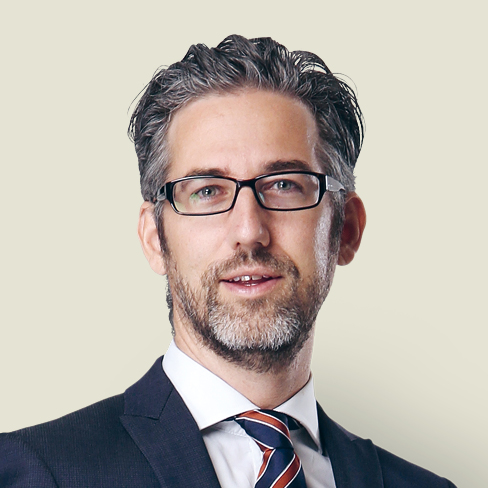Greater risks are only rarely
rewarded with better prospects.
Only those who are prepared to take risks can grow their assets. In an era of negative interest rates accompanied by positive inflation, this even applies to those who merely want to preserve the value of their assets. What makes this difficult is that not everyone who takes risks is automatically rewarded for doing so. Exposing oneself to even greater risk does not automatically lead to greater returns, making it all the more important to take risks where it makes sense.
Bernd Hartmann, Chief Strategist of VP Bank Group, explains how the VP Bank Sustainability Score can be a useful indicator when dealing with risk.
Keeping risks in view pays off
Most investors base their investment decisions primarily on prospects for returns, with far less attention being paid to risks. Admittedly, it may be human nature that the prospect of possible gains gives us more pleasure than thoughts of making losses, but this is precisely what makes the difference in investment success. Investors who focus exclusively on the prospects for returns may be able to achieve greater investment success in the short term, but a different set of characteristics is required when it comes to achieving good investment results over several years and throughout the market cycle.
When investing for the long
term, you need the qualities
of a marathon runner.
The aim here is not so much about selecting the top performers in each case but instead about avoiding investments that can cause major damage to your investment portfolio. When investing for the long term, you need the qualities of a marathon runner rather than a sprinter.
There is nothing negative about risk in itself.
The opposite is the case, as positive returns can only be brought about through risk. We therefore also advise investors to always invest in a manner that is consistent with their personal risk tolerance. Discipline and perseverance then form the rest of the basis of investment success, as financial markets are extremely fickle. They are prone to exuberant euphoria as well as bouts of excessive pessimism – with these swings in sentiment being contagious. Those who do not allow themselves to be influenced in this way and instead stay the course can avoid the risk of being caught on the wrong foot. Those who have not taken on too much additional procyclical risk will avoid additional losses when the bubble ultimately bursts. Those who persevere and hold on to equities even in the most desperate times will participate in the returns when the sun rises again.
But how can investors tell the difference between worthwhile and unattractive risks?
There are no compasses or checklists for this – and risks are also not particularly visible. When they become obvious to everyone, the markets have responded faster than you can take action. It is therefore important to recognise possible risks at an early stage. Sustainability indicators that can also be used as a kind of risk barometer are increasingly popular, but they do not measure a new type of risk. Instead, sustainability risks materialise in forms that are quite familiar, such as payment of damages, valuation adjustments or reputational damage. There is a significant increase in the likelihood that companies will encounter problems if they are poorly managed in matters of sustainability.
Sustainability indicators
can also be used as a kind
of risk barometer.
With the VP Bank Sustainability Score, we give our clients an indicator that provides information in this direction. All our recommendations also need to meet certain minimum requirements. Another example of how we manage risk as efficiently as possible can be found in our Risk Optimised ESG funds. Instead of simply investing in the index passively (ETF) or trying to beat the index by underweighting and overweighting individual stocks (active funds), equity funds focus on combining individual stocks into a portfolio with the lowest possible risk. This ensures the most efficient possible handling of risk, and this is reflected in volatility that is roughly 20 per cent lower. Our sustainability philosophy is also applied here – because it is always better to be safe than sorry, especially when it comes to dealing with risk.



















